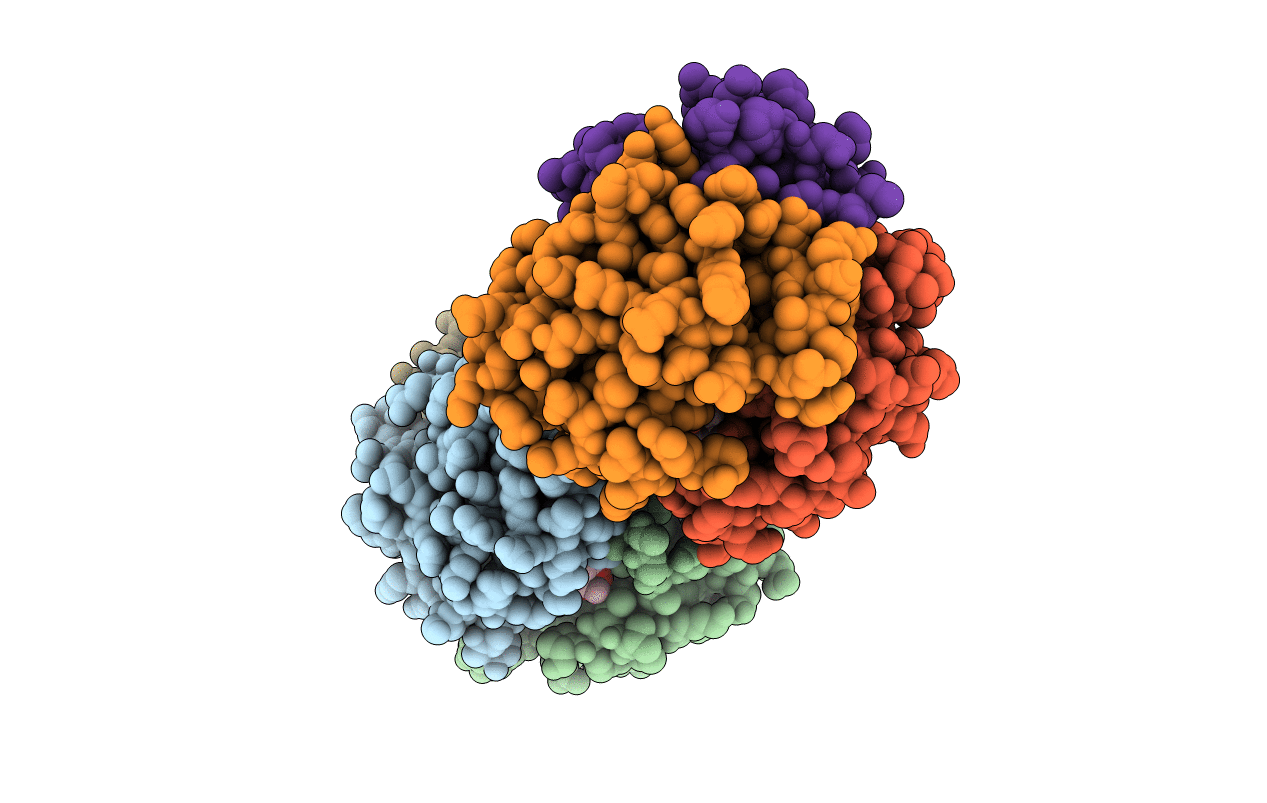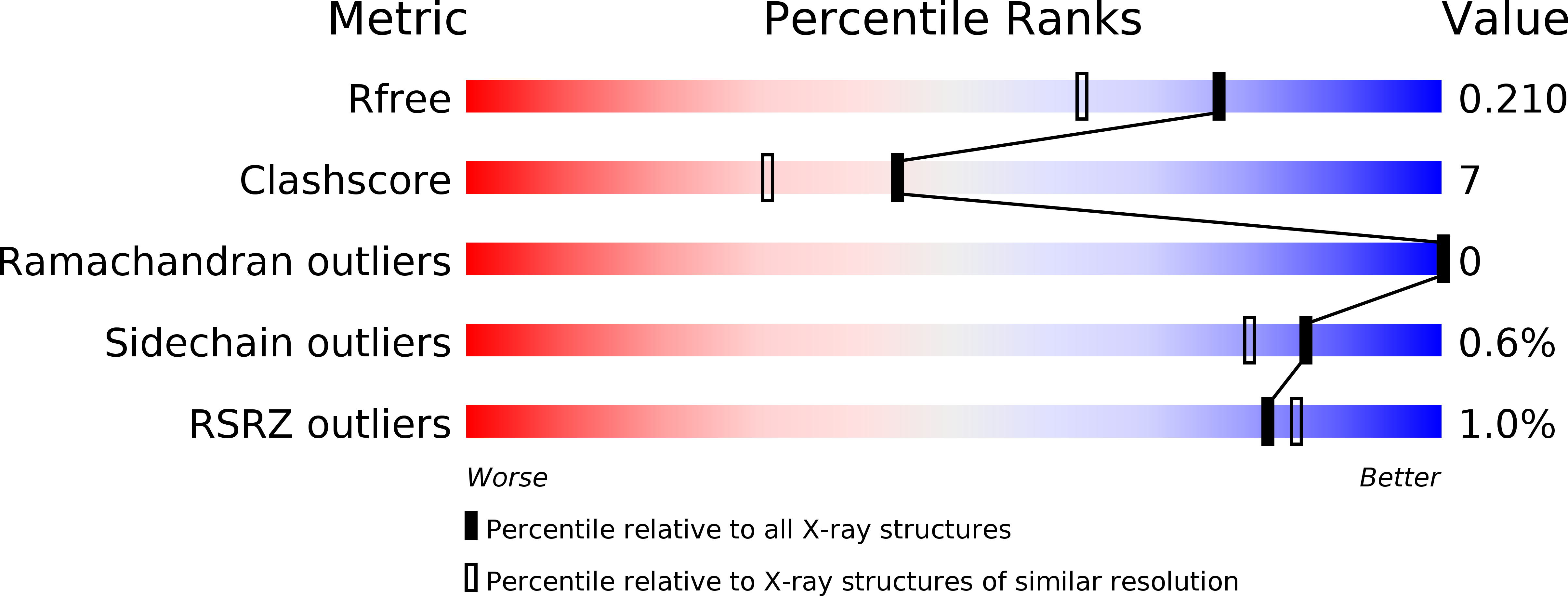
Deposition Date
2013-02-26
Release Date
2014-04-16
Last Version Date
2024-11-13
Entry Detail
PDB ID:
3ZP7
Keywords:
Title:
Arg90Cit chorismate mutase of Bacillus subtilis in complex with chorismate and prephenate
Biological Source:
Source Organism:
BACILLUS SUBTILIS (Taxon ID: 1423)
Host Organism:
Method Details:
Experimental Method:
Resolution:
1.70 Å
R-Value Free:
0.21
R-Value Work:
0.16
R-Value Observed:
0.16
Space Group:
P 1


